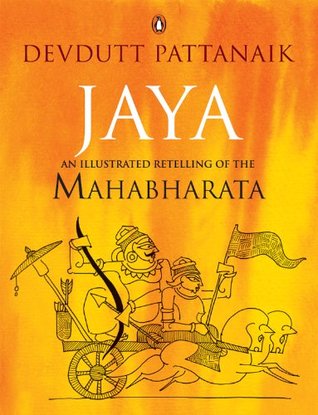More on this book
Community
Kindle Notes & Highlights
Read between
December 30, 2018 - April 26, 2019
In the Hindu tradition, purushartha or the validation of human existence has four aspects, dharma, artha, kama and moksha, that is, social conduct, economic activities, pleasurable pursuits and spiritual activities. Through the tales of the Mahabharata, Vyasa draws equal attention to all four aspects of human existence, making it a complete epic.
Who decides what justice is? How does one end this unending spiral of revenge where everyone believes they are right and their opponents are wrong?’
the Vedic age that thrived around 1000 BCE, yagna was the dominant ritual that bound society. It was performed by specially trained priests who chanted hymns and made offerings into fire in a bid to invoke cosmic forces and make them do man’s bidding. A Sattra was a yagna performed on a grand scale with hundreds of priests over several years. While rituals helped man cope with the many material challenges of the world, they did not offer man any spiritual explanations about life. For that stories were needed. And so, during yagnas, and between them, bards were called to entertain and enlighten
...more
Such is the nature of man-made laws: ignorant of the past and insensitive to the present.
Through the story of Ram, Vyasa is trying to explain that while we believe our problems are the greatest and our misfortunes the worst, there is always someone out there who has suffered more. And just as they survived and triumphed over their suffering, we must too.
‘The world that you perceive is actually a delusion (maya) based on your chosen measuring scale. New memories and new imaginations can change this measuring scale, hence your perception of the world. Only the truly enlightened know the world as it truly is; the rest construct a reality that comforts the ego. The enlightened are therefore always at peace while the rest are constantly restless and insecure.
Dharma is not about winning. It is about empathy and growth.


